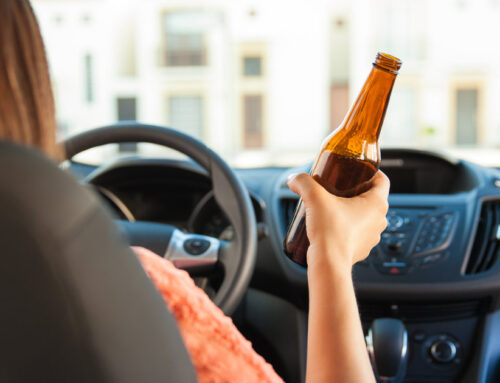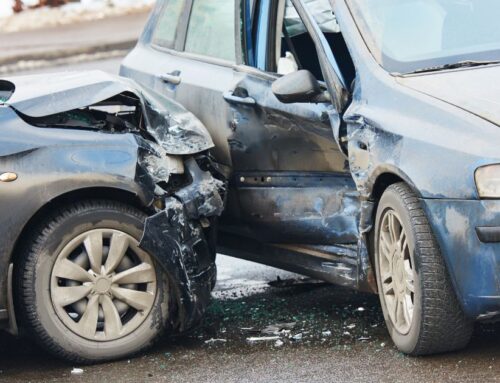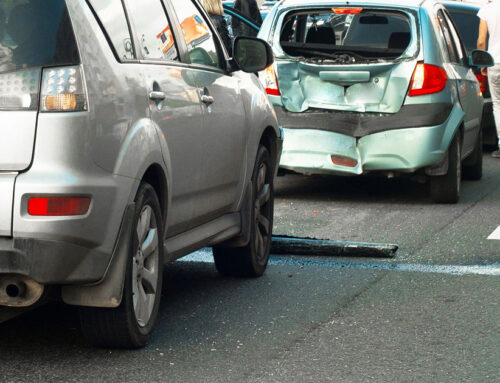Drowsy driving remains one of the most overlooked yet dangerous behaviors on American roads. While drunk driving receives significant public attention and legal consequences, many fail to recognize that driving while fatigued can be equally hazardous. A comparison between drowsy and intoxicated driving reveals startling similarities in impairment levels and accident risks, providing important information for all road users.
What Is Drowsy Driving?
Drowsy driving occurs when a person operates a vehicle while experiencing fatigue or sleepiness. This condition can result from insufficient sleep, untreated sleep disorders, medication side effects, shift work, or extended driving periods. The Centers for Disease Control and Prevention estimates that approximately one in 25 adult drivers report having fallen asleep while driving in the previous 30 days.
Sleep deprivation impairs cognitive function, decreases alertness, and slows reaction time—all critical factors for safe driving. Many drivers do not realize they are experiencing these effects until it is too late, making drowsy driving particularly dangerous.
How Does Drowsy Driving Compare to Drunk Driving?
Research demonstrates that being awake for 18 consecutive hours produces impairment equal to a blood alcohol concentration (BAC) of 0.05%. After 24 hours without sleep, impairment levels approximate a BAC of 0.10%—exceeding the legal limit of 0.08% in all states.
Both conditions affect the brain in similar ways:
- Both reduce reaction time and impair judgment significantly.
- They decrease coordination and diminish attention span in comparable ways. Drivers in either state have difficulty maintaining proper lane position.
- Perhaps most concerning, both conditions lead to increased risk-taking behavior on the road.
Drowsy driving accidents may be underreported as fatigue is difficult to measure after an accident; alcohol can be quantified through testing.
What Are the Legal Consequences of Drowsy Driving?
Unlike drunk driving, which has established testing methods and clear legal limits, drowsy driving presents challenges for law enforcement and prosecutors. No standardized test exists to measure fatigue levels at accident scenes.
However, in severe cases where a driver falls asleep and causes a collision resulting in injury or death, charges can include reckless driving, negligent driving, vehicular assault, or even vehicular homicide. The severity of consequences often correlates with the damage caused by the fatigued driver.
How Can Drowsy Driving Be Prevented?
Prevention requires the recognition of warning signs and proactive measures. Warning signs include frequent blinking, difficulty remembering the last few miles driven, missing exits, drifting from lanes, and repeated yawning.
Effective prevention strategies include getting adequate sleep (seven to eight hours) before driving and taking breaks every 100 miles or two hours. Traveling with an alert passenger who can share driving responsibilities also helps maintain safety. Additionally, drivers should avoid alcohol and medications that cause drowsiness, especially before long trips.
It is also wise to be aware of the warning signs for drowsy driving. If you see a vehicle swerving between lanes, exhibiting inconsistent speed, and not responding to traffic signals, increase your following distance; you may want to report it to the authorities.
What Should I Do if I Am Involved in a Drowsy Driving Accident?
If you were in an accident where drowsy driving was a factor, call 911. Certain injury symptoms may develop later, so if you are not transported to a hospital, visit a physician as soon as possible.
Document all relevant information, including:
- Time of the accident (drowsy driving accidents commonly occur between midnight and 6 a.m. or late afternoon).
- Any statements by the other driver regarding their sleep status.
- Witness accounts and police reports.
- The other driver’s contact information, driver’s license, registration, and insurance.
Medical records should be preserved, as they provide significant evidence for any legal proceedings. Report the accident to your insurance company promptly, but avoid providing recorded statements without legal counsel.
Let Our Skilled Goshen Car Accident Lawyers at Wilson & Kinsman, LLC Fight to Protect Your Rights
Our Goshen car accident lawyers at Wilson & Kinsman, LLC have significant experience representing clients affected by all forms of impaired driving and understand the serious nature of drowsy and drunk driving. For a free consultation, submit our online form or call 574-522-1900. Located in Elkhart and South Bend, Indiana, we serve clients in St. Joseph County and throughout the state.
Share This Story, Choose Your Platform!
Give us a call!
Testimonials
Read what our former clients have to say:







